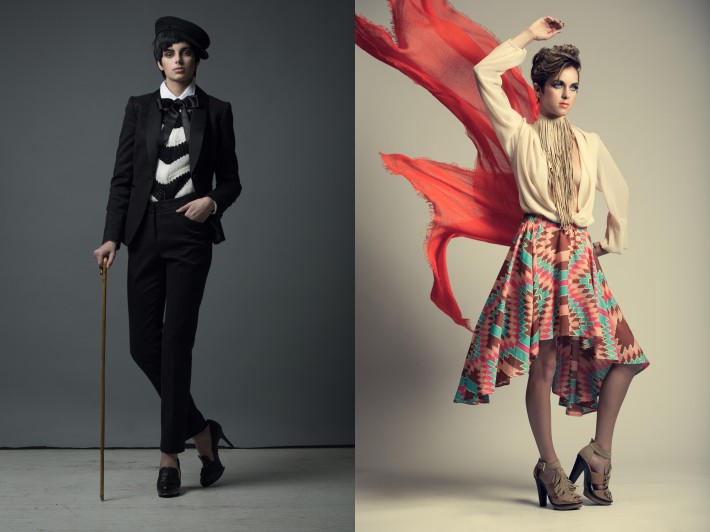I have spent the last couple of years finding out a few things that I wish I’d known from the start. Please don’t think I’m patronising as I mean this only in goodwill, as there is absolutely no gain for me by sharing these cheats. Not all of my points will be valid for you as posing varies in each genre. Just take what you can and ignore the rest. If only one suggestion helps your future career then my time has been well spent…
Rule one, the mirror is your BFF. Stand there, perfect your poses and learn how your body shapes. The mirror is a perfect tool to show you what the camera can see – try to imagine it behind your photographers head when shooting and always consider what can be seen from that angle. For example, if your foot is closest to the lens, it is worth remembering that your foot is going to the largest thing in the picture….and nobody wants to be remembered as Bigfoot…
- Hair all behind the shoulders.
- Hair all in front of the shoulders
- Hair all on one side.
- Hair all on the other side.
- Hair up.
2. Pull the Chin (or Ears) Forward
When someone stands in their normal relaxed stand, or even stands up straight to have nice posture, there is a little bit of flab right underneath their chin. No matter how skinny they are, you will see this. If you tell people to bring their chin forward, which sounds like the sensible thing to do, they will point their chin at you, which brings their face up and ends with you shooting up their nostrils. (Not attractive.) Instead, tell your model to bring their ears forward.
Follow The Nose
All amateur models instantly feel the need to keep their eyes to the camera, but with my style I prefer the opposite. A model glancing off camera plays to my structured aesthetic; I constantly preach “follow your nose with your eyes,” as it reduces the amount of white in the eye and eliminates the awkward over rotating eyeball. Also, I always want to see color, contrast and catch lights in the eyes, if the model simply follows their nose the color and catch lights will be there.
Bounce The Shoulders
Shoulders are often overlooked, but they play a crucial role in framing the face of a model. Popping a shoulder up and forward can make all the difference, especially in beauty work. Just raising one shoulder higher than another will add dimension and strength to the image.
Chin Out and Down
A camera can only see in two dimensions, meaning a photograph is not three dimensional unless it’s shot three dimensional. Therefore, when a model pushes her chin forward and then down and is faced directly towards the camera, from the photographers perspective the jawline is extended and stronger lines have been formed. However, if the model were to move to their side profile, he or she would resemble a turtle poking its head out of the shell. It will feel incredibly awkward for the model, so be aware of the models torso and stance before asking to bring her chin out and down.
Open The Mouth
It can set a completely different mood and photograph. With the mouth closed, the jawline clenches and adds extra weight to the sides of their face. It can also give negative energy to an image, a bored neutral look. With the mouth slightly open, the jawline is elongated and gives a subtle intimate invite to the viewer.
Shake the Concrete Feet
In fashion photography, shoes are a crucial piece to the wardrobe. But, they are often overlooked because legs and feet are never easy to pose. So, many photographers avoid the full body shot and go right for an easy three-quarter image. But, when you have to capture the full body and the shoes, implement motion. Get the model moving; jump, walk, lunge and shake the heavy feet. An easy starting point is walking forward or pacing back and forth in a continuous manner.
Ballet Hands
I grabbed this term from one of my favorite photographers and educators Sue Bryce. She has a way with posing women that is unmatched; her images are ethereal and real. Hands are one of the more challenging aspects of posing and can make or break an image if shown incorrectly. The model should relax their hands as if they were in a ballet, spreading the fingers lightly, slightly broken at the joints. From there, depending on the aesthetic of the shoot, hands should be placed in a position that works with the image. Under the chin, over the shoulder, to the side or through the hair are some common positions for hands.
